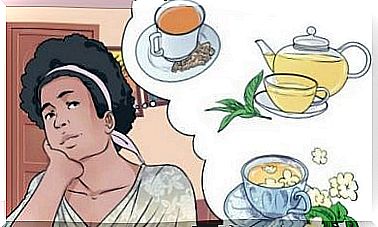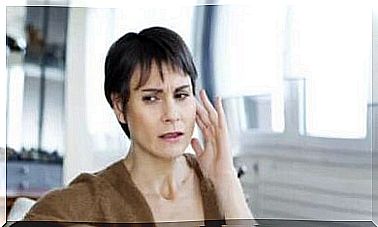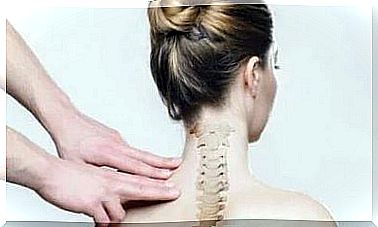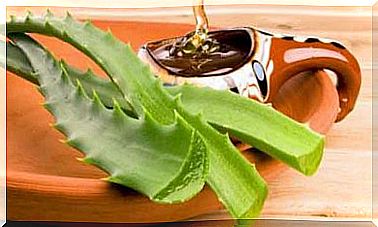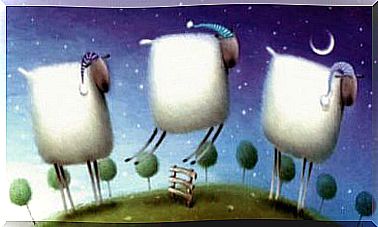Barefoot Children: Good Or Bad?
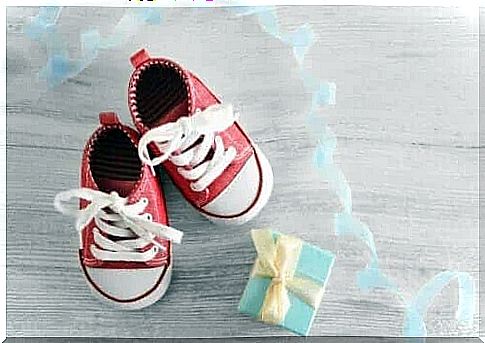
How many times have you heard that walking barefoot is a big “no” to children? It is a controversial topic that still haunts parents. In today’s article, we will analyze some facts that researchers have recently discovered on this topic. In short, the more freedom the little one’s feet have, the better they will develop.
A popular belief says that walking barefoot leads to respiratory diseases. But this is completely false, because the viruses must enter the body through the upper respiratory tract for the little one to cool down. OK, so what’s the risk for kids who don’t want to wear shoes?
Barefoot walking for children: good or bad?

Footwear is not recommended in the first months of life. Its function is exclusively for protection against cold, humidity and injuries. So, a pair of seamless socks can perfectly fulfill this function.
In addition, wearing shoes is not a good idea even at the stage when the baby crawls (usually before the age of 8 months), because crawling barefoot is essential for the child’s psychomotor development.
After the age of 18 months, when the baby starts walking, he can start using flexible shoes to be protected against the cold. Footwear should allow the feet to breathe.
Then, from the age of 4, it becomes necessary to protect the feet against certain injuries. Thus, the shoes should be stiffer, similar to those used by adults.
Shoes should have a round toe and be wide to allow the toes to move inward. Leather is the best material for them because it is 100% natural and allows the feet to breathe. In addition, the shoes must be easy to put on and take off, so that the little one can learn to handle himself.
Barefoot walking for children: benefits
Children’s legs are made of soft tissue that ossifies during the fetal stage. Most of these bones harden at birth, but complete stiffness does not appear until adulthood. This flexibility, abundant fat under the skin and joint changes cause flat feet in the first three years of life.
The flat foot corrects as the baby grows. The entire sole of the foot touches the ground.
The legs have a higher tactile sensitivity than the hands between the time of birth and the first eight to nine months of life. As you can imagine, babies use their feet to explore the world around them.
During this process, they put various objects in their mouths to test things, because their senses are more developed. It’s not just about the sense of touch, but also about taste and temperature. This is why it is so important to be able to move your fingers and toes freely.
Kinesthetic or proprioceptive sense refers to the ability to detect the position of muscles. It allows us to be aware of our body’s position in relation to the world around us.
Children need to feel uneven ground, pressure and different types of textures to develop their kinesthetic sense. This helps to improve the position of the muscles and strengthen the joints.
Possible risks and precautions
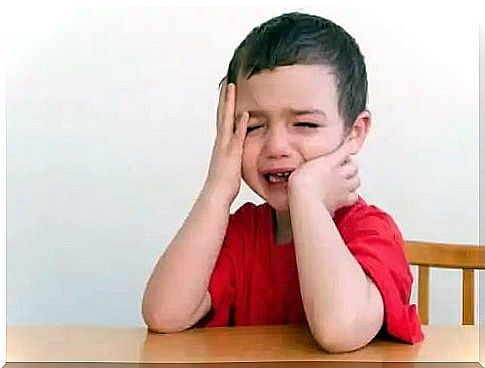
Insist that the little one wear shoes when walking in the pool, on the lawns or in the locker rooms to avoid infections and foot injuries. Also, don’t forget to give him the tetanus vaccine if he steps on sharp, rusty objects. In addition, he insists on wearing shoes in any situation that could be dangerous and that could injure his legs.
